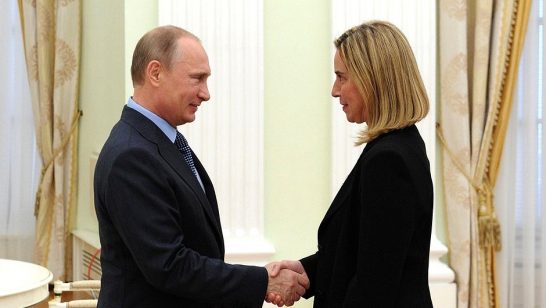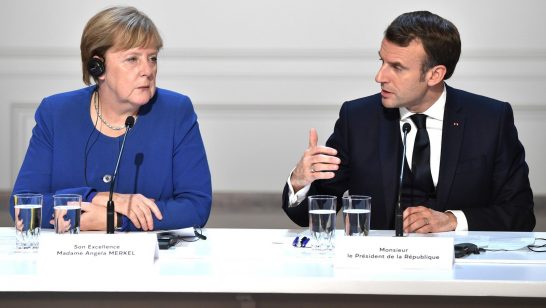
1. Introduction
On Tuesday 25 January 2010, the second plenary meeting of the European Leadership Network took place in London. The meeting for the most part was conducted off the record. This summary does not therefore attribute comments to specific individuals. Where individuals agreed to have their own formal statements published, links are provided to these separate statements throughout this document as appropriate. A full list of participants at the meeting appears at the end of this note.
The meeting addressed a number of themes. These were:
o The outcomes of the Lisbon summit and the current context of NATO policy making on deterrence and defence posture;
o Forward options for NATO nuclear posture;
o Next Steps in the NATO-Russia relationship.
This summary is structured around each of these themes. Before turning to them, the attention of readers is drawn to a series of questions circulated in advance of the meeting, by the ELN Secretariat, as a suggested framework for the discussion, namely:
o What is the rationale for the current NATO nuclear force posture?
o Is that posture the only way of achieving the objective of alliance cohesion and maintaining the transatlantic link?
o What is the role and relevance of Ballistic Missile Defence in this equation? Can BMD be the ‘new glue’ for the alliance?
o Is it now credible and feasible for conventional deterrence to replace some current nuclear roles?
o What alternative nuclear sharing arrangements in NATO might be possible?
o What alternative approaches to consultation on the nuclear mission within the Alliance might it be possible to develop?
o Do any of the alternatives to the status quo offer the prospect of reassuring alliance members who would be concerned by the removal of US non-strategic nuclear weapons stationed in Europe?
o What is the relevance of Russian sub strategic nuclear forces to the NATO Review?
o What are the prospects for engagement with Russia on its own nuclear weapons in Europe, as called for in the NATO Strategic Concept?
o What issues would a serious engagement with Russia need to address?
Dr Ian Kearns, Chief Executive, ELN
Ms Shata Shetty, Senior Programme Officer, ELN
To read the report, please download the document.
The opinions articulated above represent the views of the author(s), and do not necessarily reflect the position of the European Leadership Network or any of its members. The ELN’s aim is to encourage debates that will help develop Europe’s capacity to address the pressing foreign, defence, and security challenges of our time.




